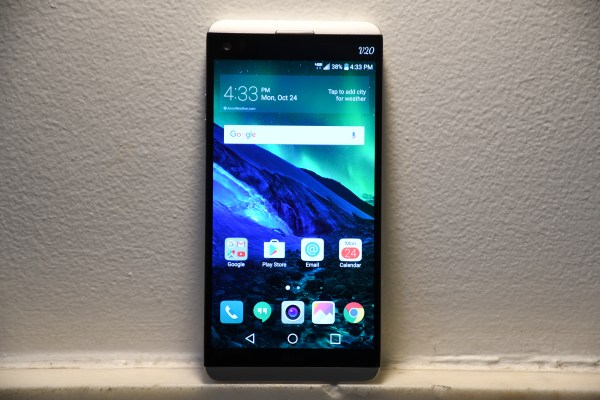The LG V20 is the immediate successor to the V10 — a smartphone that LG had christened to be the first with a notification bar that was also a “second screen.” Their first attempt was a ruggedized phone that turned out to be well-loved by those who bought it, but the V20 aims to go above that and solidify the concept.
The V20 is an enormous phone with no app drawer by default, lots of carrier crapware and a bland appearance. But despite all of that it can be considered LG’s best, which is good.
Price as reviewed: $672 or $28 monthly (on contract), at Verizon
Basics
- 5.7 inch IPS Gorilla Glass 4 display, 2560 x 1440 resolution, ~513ppi
- 2.1 inch secondary display
- Dual rear-facing cameras: 16 MP (29mm, f/1.8) and 8 MP (12mm, f/2.4) /w laser autofocus, OIS and LED flash
- 5MP front-facing camera
- Qualcomm Snapdragon 820 quad-core processor with 4GB RAM
- 64GB storage, expandable to 256GB via microSD
- Android 7.0 Nougat with LG UX 5.0
- 32-bit Bang & Olufsen DAC in 3.5mm audio jack
- Removable 3,200 mAh battery
- Fingerprint sensor
Using it (and my gripes)
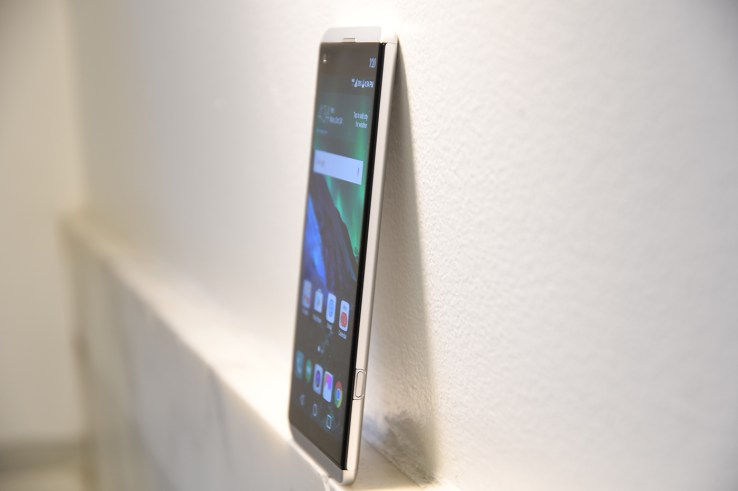 Before I get to using the V20 as a phone, I need to talk about aesthetics: The LG V20 is huge. As in bigger than a Google Pixel XL, an iPhone 7 Plus or really everything else. Its measurements are 159.7 x 78.1 x 7.6 mm (6.29 x 3.07 x 0.30 in), so it’s tall, wide and, therefore, not friendly to single-handed usage. Normally, I can get by with using phablet-sized devices with relative ease, but the V20 is strictly a two-handed operation.
Before I get to using the V20 as a phone, I need to talk about aesthetics: The LG V20 is huge. As in bigger than a Google Pixel XL, an iPhone 7 Plus or really everything else. Its measurements are 159.7 x 78.1 x 7.6 mm (6.29 x 3.07 x 0.30 in), so it’s tall, wide and, therefore, not friendly to single-handed usage. Normally, I can get by with using phablet-sized devices with relative ease, but the V20 is strictly a two-handed operation.
To add to this conundrum, the V20 is a smooth slab unlike the V10, which featured a ruggedized build and textured back, so it’s not only large but slick and made of plastic — that’s right, LG still isn’t finished selling plastic, flagship-level phones.
All apps are present on the home screens (hello, iOS), including Verizon crapware and every other app bundled onto the phone. This is either a cruel joke in software design or a flagrant error, not a software “feature.”
Now, as a daily driver, the V20 is a bit of a chore. You see, LG thought it would be a great idea to include Android 7.0 Nougat at launch (which is great, it’s up-to-date!), but to hamper my hopes, removed the app drawer.
All apps are present on the home screens (hello, iOS), including the Verizon crapware and every other app bundled onto the phone. This is either a cruel joke in software design or a flagrant error, not a software “feature.”
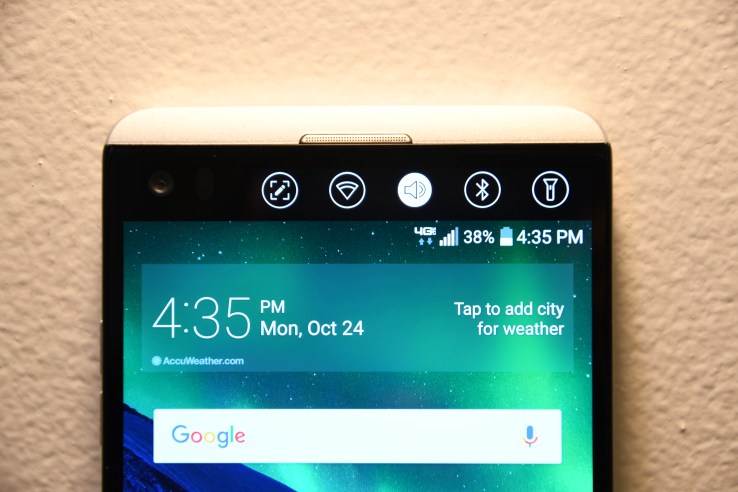 Let’s talk about the notification screen: It’s only useful if you set very specific shortcuts, or otherwise enjoy seeing the time at all times on your phone. Sure, you can access the Bluetooth radio in a pinch, but you could just as easily set a shortcut on the primary screen. Keep in mind, non-LG apps can’t make use of the additional screen space (outside of notifications).
Let’s talk about the notification screen: It’s only useful if you set very specific shortcuts, or otherwise enjoy seeing the time at all times on your phone. Sure, you can access the Bluetooth radio in a pinch, but you could just as easily set a shortcut on the primary screen. Keep in mind, non-LG apps can’t make use of the additional screen space (outside of notifications).
Otherwise, everything else works as expected (it’s really fast).
Otherwise, everything else works as expected (it’s really fast). This is an Android phone with flagship specs that nearly every other phone in this tier uses. Therefore, it’s fast, customizable and, most, notably, polished thanks to Google’s improvements in 7.0 Nougat (with exception to LG’s aesthetic changes to most of the operating system).
Battery life is solid, getting me through most of the day and night, starting at 8AM and keeping Bluetooth, GPS, auto-brightness and all notifications on, at all times.
As for the fingerprint sensor: per Google standard, fingerprint sensors on Android phones with 7.0 Nougat are supposed to unlock and wake the device from sleep with a single tap. The LG V20 is no exception; the sensor works well. Although, because it sits evenly in regards to the rest of the battery cover, at first it can be hard to find (thus requiring you to actually look at it, a design flaw).
What do those cameras do?
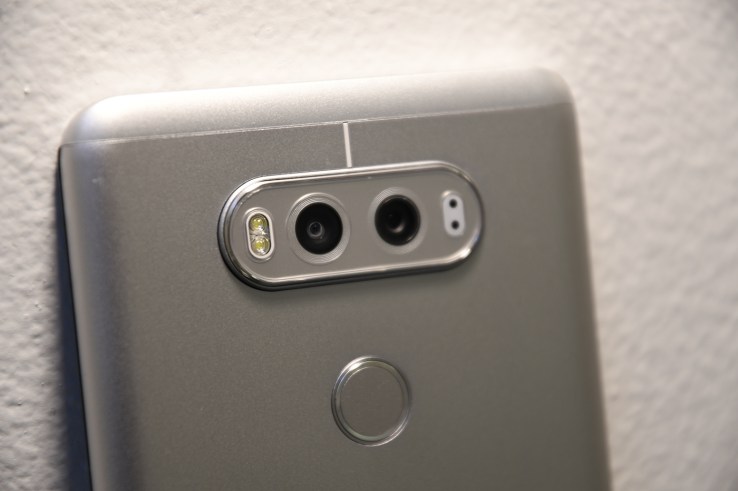
Coupled with LG’s fantastic camera software and a manual mode straight out of a DSLR, you can take some very satisfying photos.
The secret of the dual rear-facing cameras on the V20 is actually pretty simple. One is half the resolution of the other and features a different lens and aperture. Images can be shot in normal view or in a wide-angle, including panoramic shots.
Coupled with LG’s fantastic camera software and a manual mode straight out of a DSLR, you can take some decent photos. I say decent because there have been times were colors were drab or the focus seemed a bit off, but generally, the V20 has a great pair of cameras.
Below are a few examples.
[gallery ids="1407311,1407319,1407316,1407314,1407320,1407313,1407318,1407317,1407315,1407312,1407310"]
If you’re more into video, LG has you covered, as well. There’s 24-bit lossless audio recording (powered by three microphones), motion tracking in FHD (1080p) mode or 4K resolution where you can watch your storage fill up, slowly but surely.
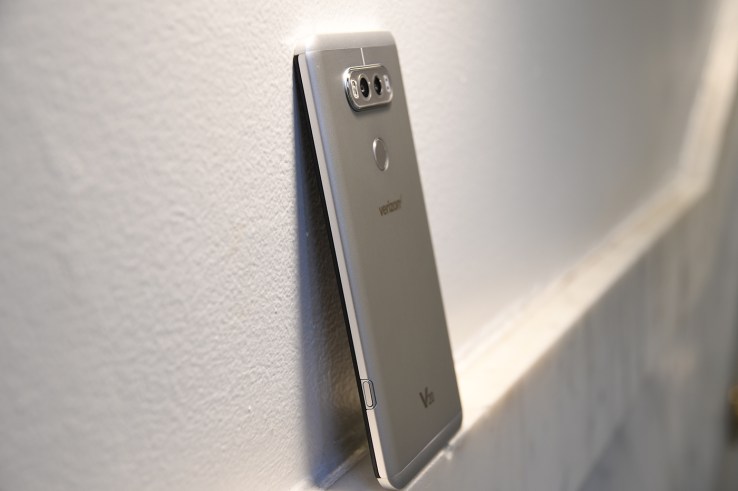
Bottom line
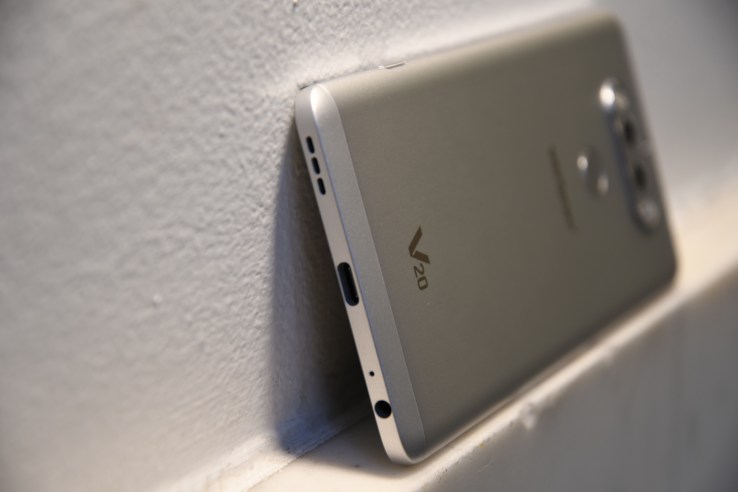
If you had a V10, you wouldn’t be wrong in switching to the V20. If you never had an LG phone before, you’d need to be aware of what you’re getting into.
Overall, as a device the LG V20 is a powerful improvement over last year’s model: it has a faster processor, better pair of rear cameras, USB-C and a few soft aesthetic improvements. Plus, it retains a removable battery (for those who still care!).
If you had a V10, you wouldn’t be wrong in switching to the V20. If you never had an LG phone before, you’d need to be aware of what you’re getting into.
In the grander scheme of things, despite all the additions and improvements and the inclusion of Android 7.0, the V20 feels just like the V10 did: a smartphone with great specs, a couple of compelling features, but with an unremarkable design. Also, the phone isn’t as ruggedized this year, so LG isn’t catering to the legitimate audience that purchased the last-generation device.
Nevertheless, the LG V20 is a good recommendation for audiophiles who swear by their 3.5mm audio jacks, want an enormous screen (and phone) or those who find good use of the dual-camera setup. No Android phone does all of those things, and the V20 manages to execute all of it with efficiency.
Ultimately, I only wish it still had its app drawer enabled by default.
